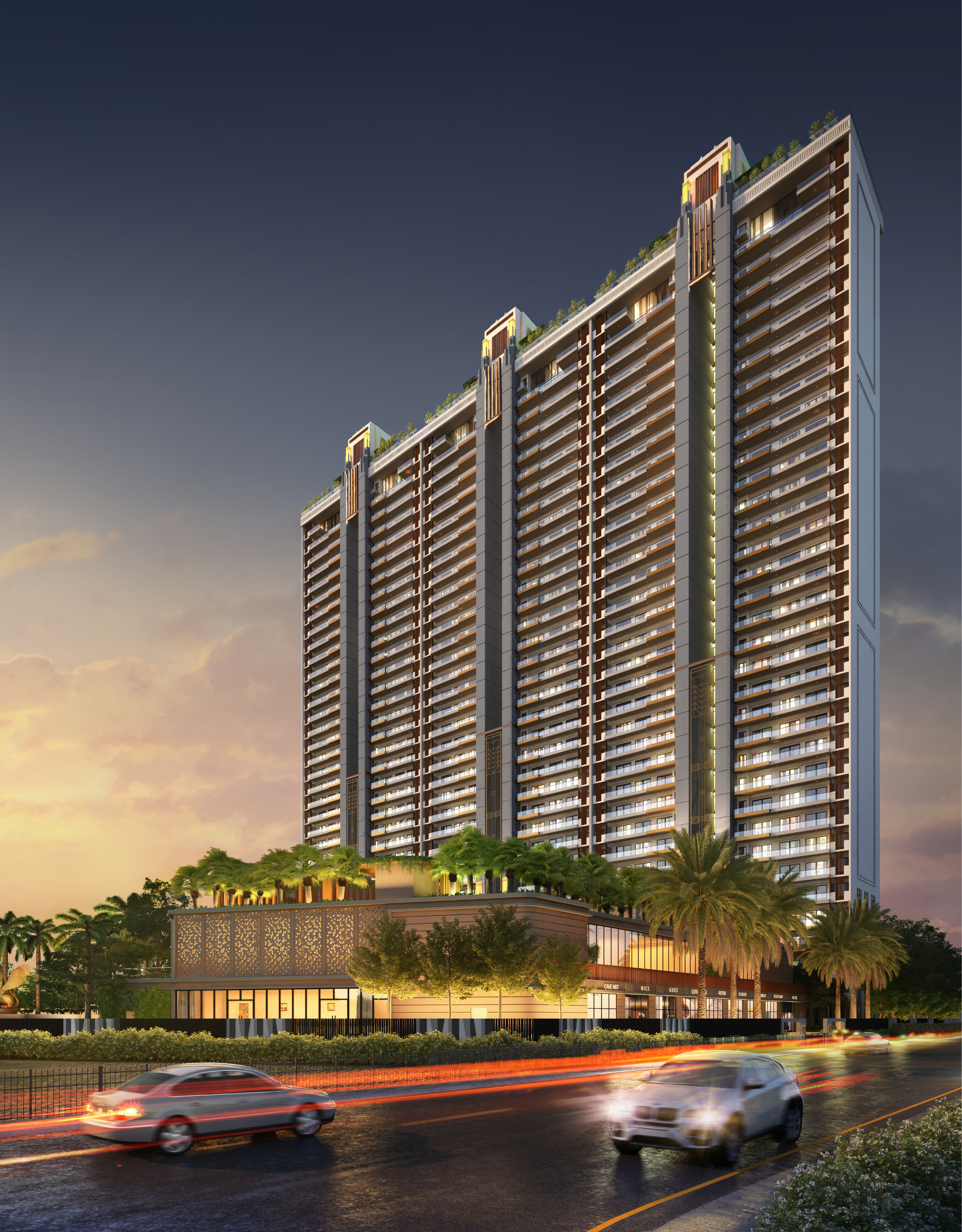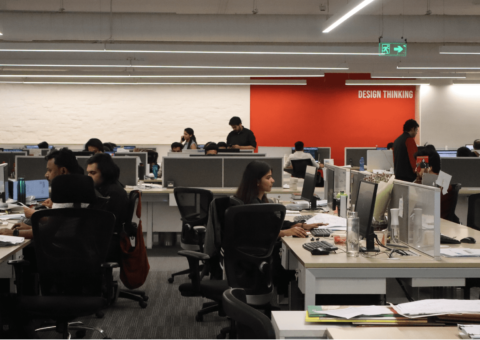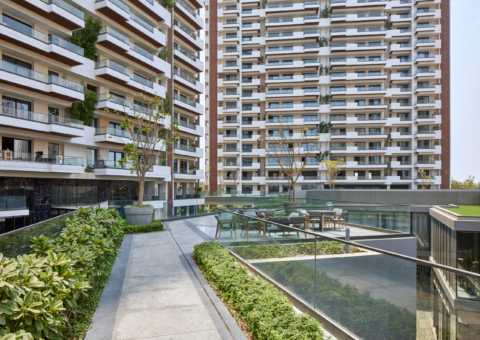How is India’s infrastructure benefitting from the growth of Mixed – use developments?
Mixed-use developments have evolved over the years in India, from traditional city planning layouts to modern-day ventures catering to people from various economic backgrounds and offering multiple housing options with amenities like recreational centres, community clubs, or kid's play areas. Many traditional Indian cities evolved around temple complexes or pilgrimage centres, where religious, economic, and cultural activities converged. These centres attracted a mix of residents, pilgrims, and traders, embodying the multifaceted nature of traditional mixed-use development. Marketplaces and bazaars have always been vibrant hubs where economic transactions and social interactions coexisted, fostering a sense of community. Residential areas were strategically integrated with these commercial spaces, allowing residents easy access to daily necessities and contributing to a cohesive community. This blend of residential and commercial spaces fosters a diverse community where social and economic interactions thrive, building a coherent society.
In India's ever-evolving real estate world, mixed-use developments are resurging through designs catering to diverse functioning communities within a single development, which has become a much-required design response to the pandemic.
Mixed-use developments optimise land usage by incorporating residential, commercial, and recreational spaces within the same area. This efficient land utilisation is particularly advantageous in densely populated urban cities, where available land is limited. The proximity of housing, commercial establishments, and public spaces promotes walkability, reducing the strain on transportation infrastructure and contributing to a more sustainable and integrated urban environment. Additionally, the economic state is stimulated by mixed-use developments that attract investments, supporting the enhancement of overall infrastructure, including transportation networks, utilities, and public amenities.

The emphasis on energy-efficient design, green building technologies, and renewable energy sources further reduces energy consumption and a lower ecological footprint. Waste reduction strategies, such as recycling programs and efficient waste management, are often integrated into these developments, aligning with circular economy principles. Mixed-use developments also incorporate water conservation practices, biodiversity-friendly landscaping, and adaptability to changing environmental conditions.
The IIETA 2021 issue states, "Undoubtedly, it is a tool for sustainable development as it ensures optimum utilisation of ''land'' resource and reduces travel distances, leading to a reduction in fuel emissions, thereby promoting low-carbon development." Congestion has become the primary cause for the growth of mixed-use development, which addresses the challenges of urbanisation, cultural preferences, and socioeconomic dynamics while contributing to more efficient and sustainable living environments.
In conclusion, mixed-use developments are transforming from traditional community development towards more sustainable, energy-efficient, and diverse environments. As these developments continue to shape the urban landscape, they contribute significantly to creating a thriving and resilient India that balances economic growth with environmental and social sustainability.



